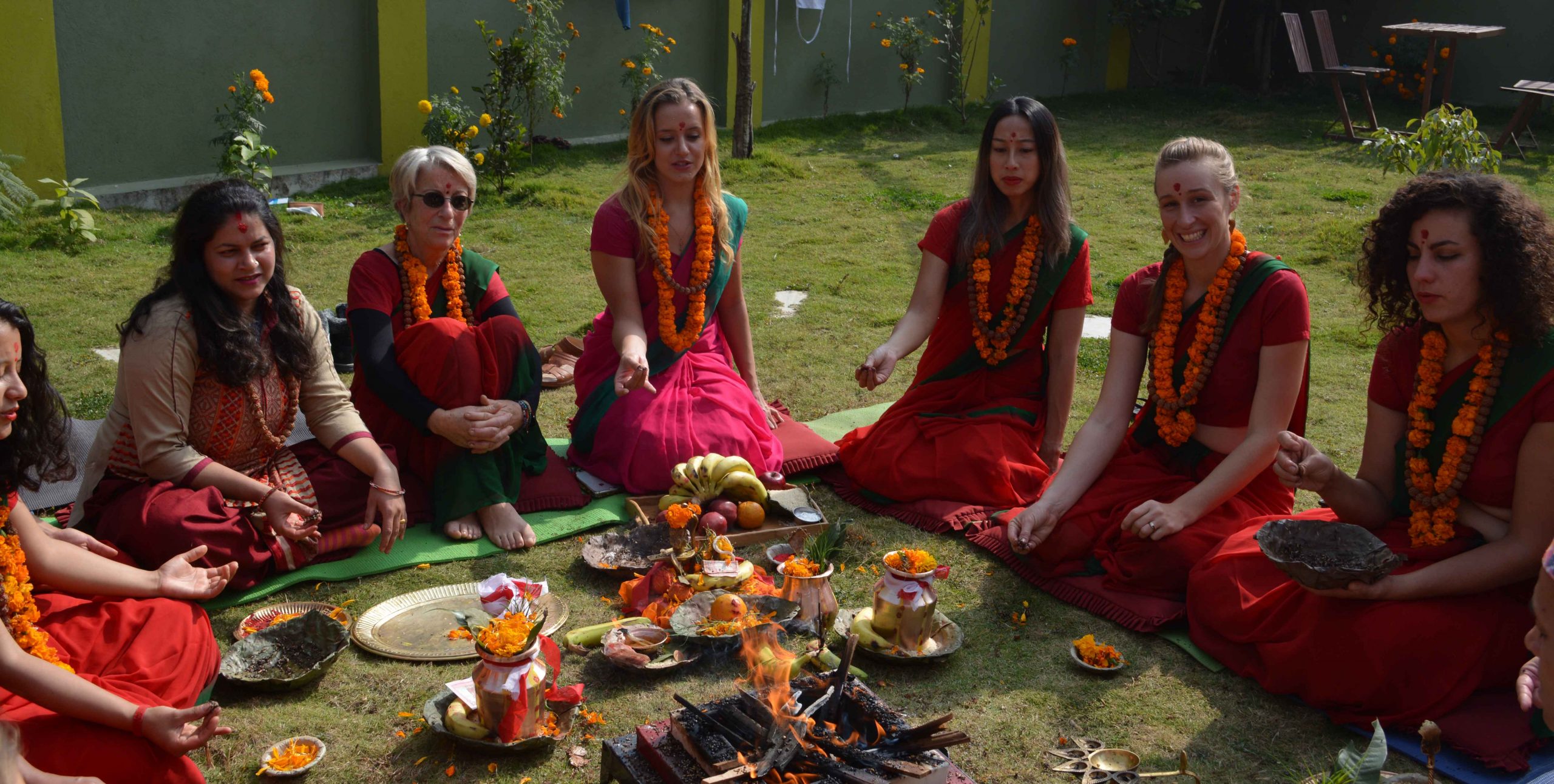
9 Jan 2020 HYN Himalayan Yoga Academy
Yoga has a universal goal and is the ultimate mission. Yoga is not done; it is experienced. Yoga is more about Meditation. All of us have abundant potency that is beyond our imagination and dreams. Each person can experience different levels of consciousness; most people live in lower levels of consciousness. There are various systems of yoga, such as Hatha Yoga, Raja Yoga, Mantra Yoga, Kundalini Yoga, Kriya Yoga, etc., which are widely propagated throughout the world.
All are aiming at transcendental states where one starts to commune with one’s inner being. Kriya Yoga is more interested in awareness than consciousness. Dhyana Yoga (Meditation Yoga) or Antaranga Yoga or Raja Yoga, is the mainstream of yoga or the final key of Yoga. In a visible sense, three major components, Yoga, Pranayama, and Meditation, build Yoga in Human Life.
Concentration is something that occurs spontaneously in a very relaxed mind and body. Relaxed concentration will lead us. The fruit of deep one-pointed concentration is the occurrence of the spontaneous state of meditation. Most people have heard of meditation, but very few people have experienced it yet.
- How can most people learn to explore their minds?
- If they cannot concentrate what they should do?
- How can one attain meditational experience?
Here, Kriya yoga comes to the rescue. Kriya yoga seems to contradict the basic rules of yoga. It says that you should not try to concentrate your mind. Don’t make any effort to bring about one-pointedness. Kriya yoga accepts most people’s limitations; if you are unable to concentrate, then other rules must be used to achieve the same results.
Kriya Yoga is more interested in awareness than concentration. It does not presuppose concentration. The very word kriya means activity or movement. It also means practical, which leads to Yoga or Union. The source of kriya yoga practices goes back to antiquity and slowly evolved over a period of time through practice and experience.
“Tapah svaadhyaayesvara-pranidhaanaanih”PYS 2.1
Action in Yoga consists of penance, study (of the Vedas or self), and surrendering to the Supreme power.
‘Tapas’ comes from the root ‘tapa’, which means, among other things, to cause pain and discomfort. Tapa is thus the practice of austerities. While it sounds frightening, the practice of tapas is widespread among those who think of themselves as practicing yoga. What is called ‘yoga in the modern time, particularly in modern society, is simply a ritualized version of tapas? This is incorrectly called ‘Aasana which traditionally covers the state is still or seated.
While tapas is the first practice mentioned here, it is not the last practice that the yogi must master. After tapas, the yogi must endeavor to practice ‘Svaadhyaaya,’ which means the study of Vedas and the study of self.

Finally, in yoga Darshan, Patanjali reaffirms his commitment to ‘Isvara pranidhaaranaa’ as a means of accomplishing the goals of yoga. Devotion, surrender before, and contemplation and meditation on. Kriya Yoga is the yoga of generating of Prana (Energy or life force). The ideal method for people today is Kriya Yoga. Kriya yoga allows you to filter out the morass, the quagmire of complexes, fears, etc., in your mind, which make life an unhappy affair.
Preparation for Kriya Yoga
Body control and sound health
Proficiency in Mudras and bandhas
Development of breath consciousness
Art and science of Rest and Relaxation
Location and familiarity with the psychic passages and chakras
By Swami Yog Subodh – School of Kriya Yoga
